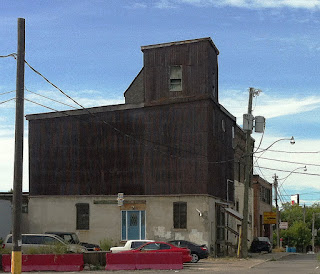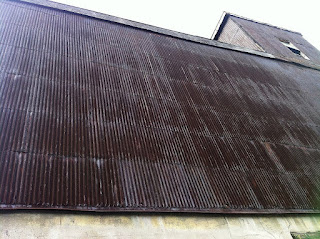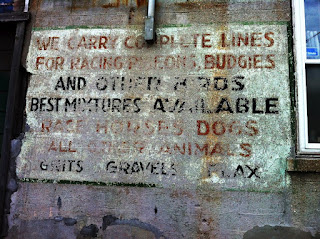That view is that by accident, happenstance and serendipity, perennial bachelor and British film director Richard (Dick) Lester invented the MTV-style music video. This was, of course, a side effect of Lester's being engaged to direct The Beatles first film A Hard Day’s Night. This is perhaps a tall claim I stake, so let's begin with cases...
The 20th Century precursors of music cine-concrete-commercial include:
- George Antheil's 1924 Ballet Mécanique
- The music montage is preasaged by the Cine Symphony of the mid 1920s into the 1930s, as represented by Dziga Vertov's 1929 masterpiece Человек с киноаппаратом (Man with Movie Camera)
- The film musical proper begins in 1927 with a musical sequence in The Jazz Singer and continues for decades
- By the 1940s there were the “Soundies” which involved film jukeboxes
- And then in the late 1950s / early 1960s the Scopitones
- But none of these are MTV-style music videos. And no single director of cinema comes closer to inventing the entire genre than Dick Lester. Even at the time of the 1964 release critics were agreeing with The Village Voice that A Hard Day’s Night is "the Citizen Kane of jukebox musicals”
- Queen's 1975 Bohemian Rhapsody is the first music video, in that it was an advertising commercial for the band's song, imaged using video technology, featuring the bad in a conceptual environment, lip-syncing to their own song, delivered by videotape to popular music programs with the express purpose of promoting the song
- The music video as a form cannot exist before the inaugural broadcast of The Buggles Video Killed the Radio Star on MTV August 1, 1981
While MTV is the MTV of jukebox TV, Scopitones do not a music video make... A music video
- Is absolutely not a hermetic performance on a soundstage
- Is absolutely not a performance recording
- Is an advertising message for the band's newest song
- Is absolutely not a City Symphony
Herein I present my argument for Dick Lesters invention of at least 6 primary modes of MTV-style music video montage:
The inline narrative ("we're just playing our song right here")
A Hard Day’s Night Scene: Baggage car. Song "I Should Have Known Better"
This is the one scene that was presaged by the 1940s "Soundies". Here Lester merely revivifies, rather than invents. "More than Words" by Extreme definitely is inspired by Lester's work.
The performance in the TV studio
Possibly Lesters' best single invention. In several modes:
A Hard Day’s Night Scene: The rehearsal. Song And I Love Her
At first blush, just a "Soundie" rehash set in a TV studio. But the images of the Beatles on TV cameras, the shots of the Vision Mixer Desk and the images of the Beatles on the monitors creates a metacritical context of celebrity fetishism several decades before
- The invention of postmodern deconstruction and
- People magazine (the retail version of same)
- Jean-Luc Godard's appropriation of Roland Barthes' development of semiotics
Lesters 2nd chef-d'oevre - The screaming live concert in the TV studio
Tell Me Why / If I Fell /I Should Have Known Better
A form Lester invents out of whole cloth.
The last number She Loves You is astounding. Lester combines cinema vérité footage of orgasmically screaming tweens with a rather stolid live TV performance by the band.
I would argue that when the Beatles came to America, the reason the tweens screamed as they did was BECAUSE of the Lester film. i.e. he presages the reaction and actually indoctrinates the behavior. That is, Lester socially conditions America
The contemporary exemplar: Andre 3000's Hey Ya. BTW have you ever spotted the coffin on the set in Hey Ya?
The masterpiece- The wacky montage
A Hard Day’s Night - the opener, and Lester in his strong suit.
Can't Buy Me Love
Lesters' strength, evident in all his films. In HELP! Lester would do his best work in this vein.
The contemporary exemplar: Madness - Our House
The mood mystique
Wherein the hero walks moodily though the landscape whilst the song doth play in the background. Possibly not entirely original to Lester. But certainly the first to use Beatles music for same. And certainly the first to continue the screen into dialogue with the underscore still running.
I wanna be your man
Another Lester invention that was never translated into a commercial form - a cinema vérité look at the stars daily existence set to one of their songs.
Actor Victor Spinetti, star of Beatles films, dies aged 82 after cancer battle

























